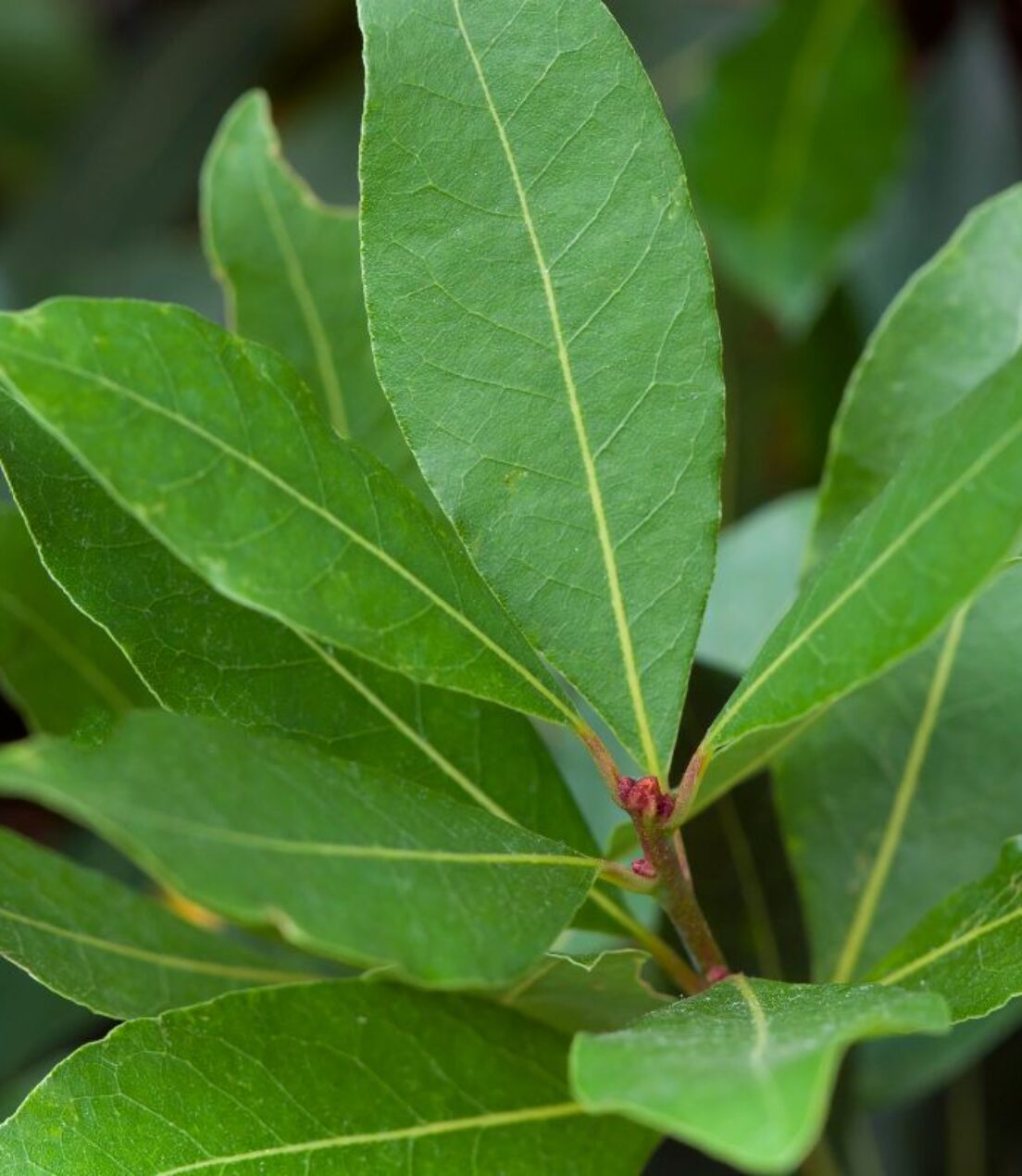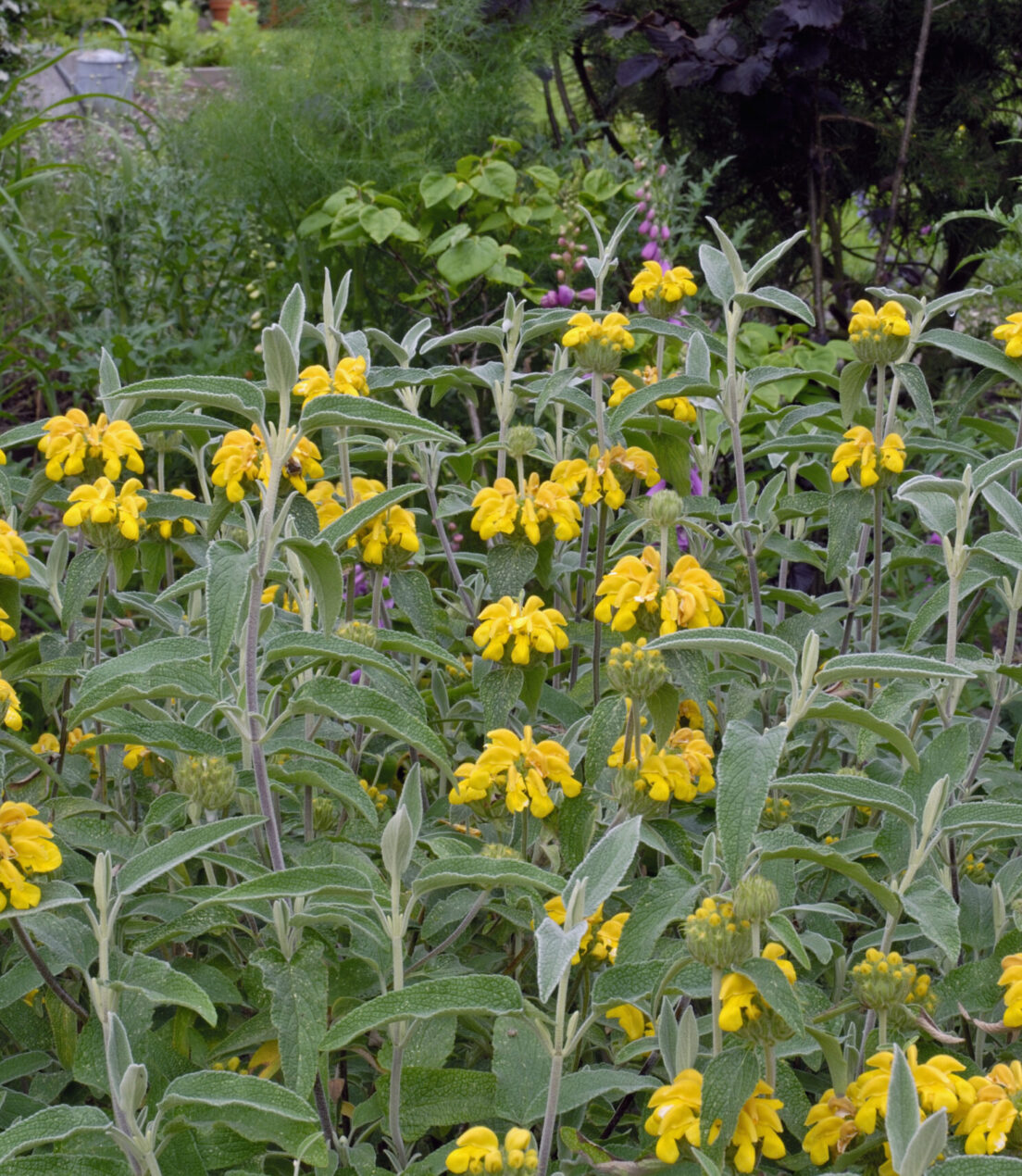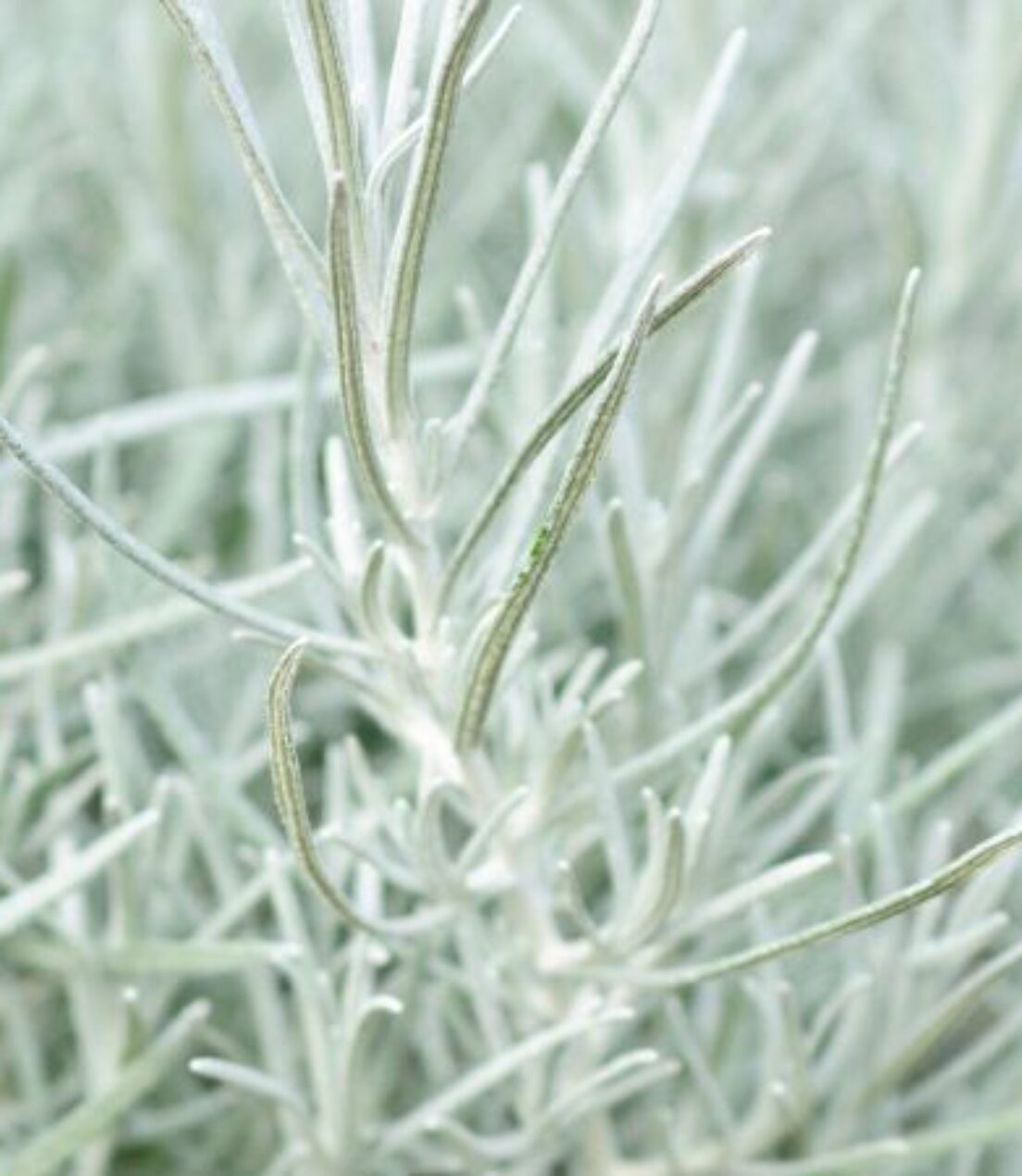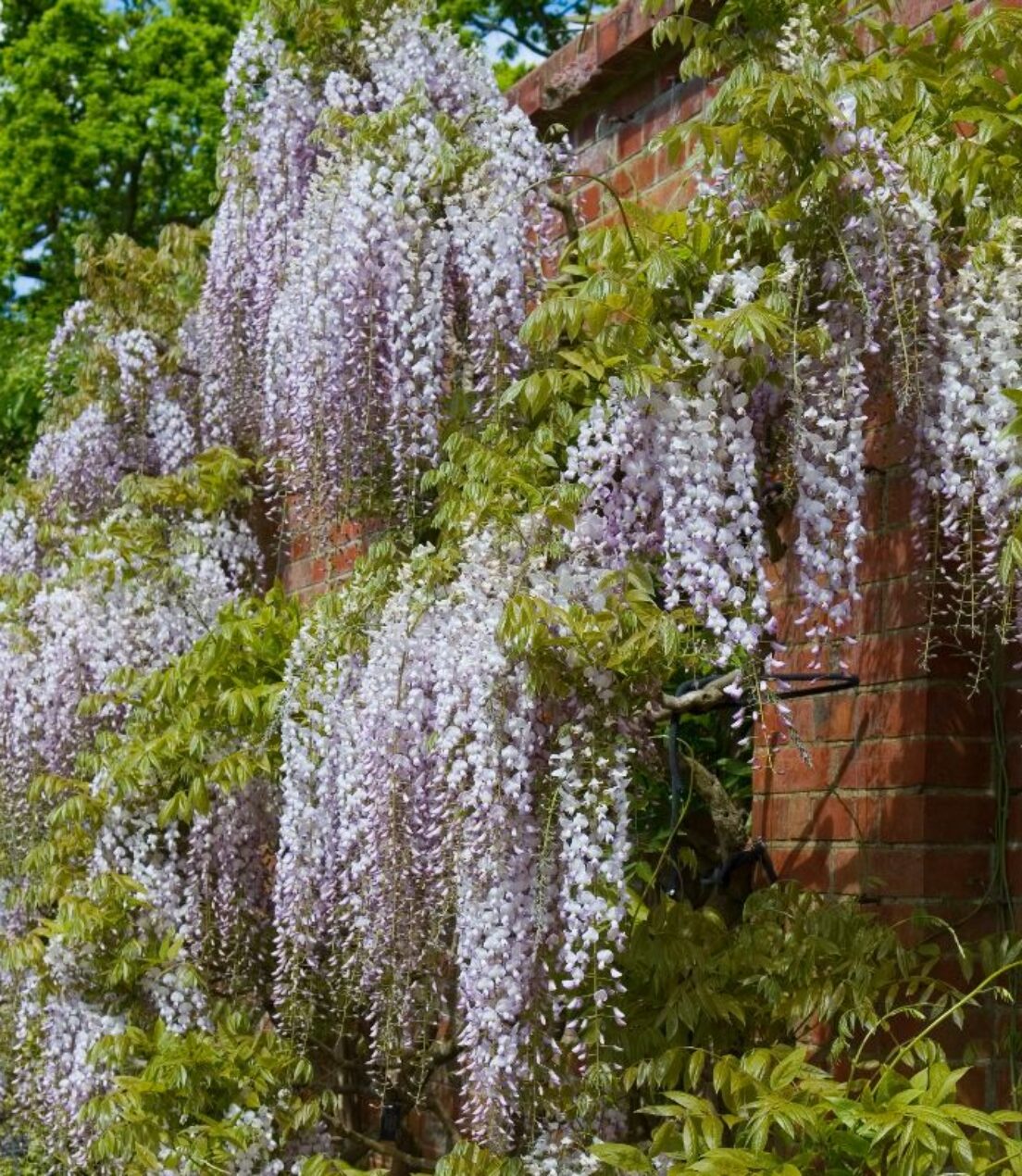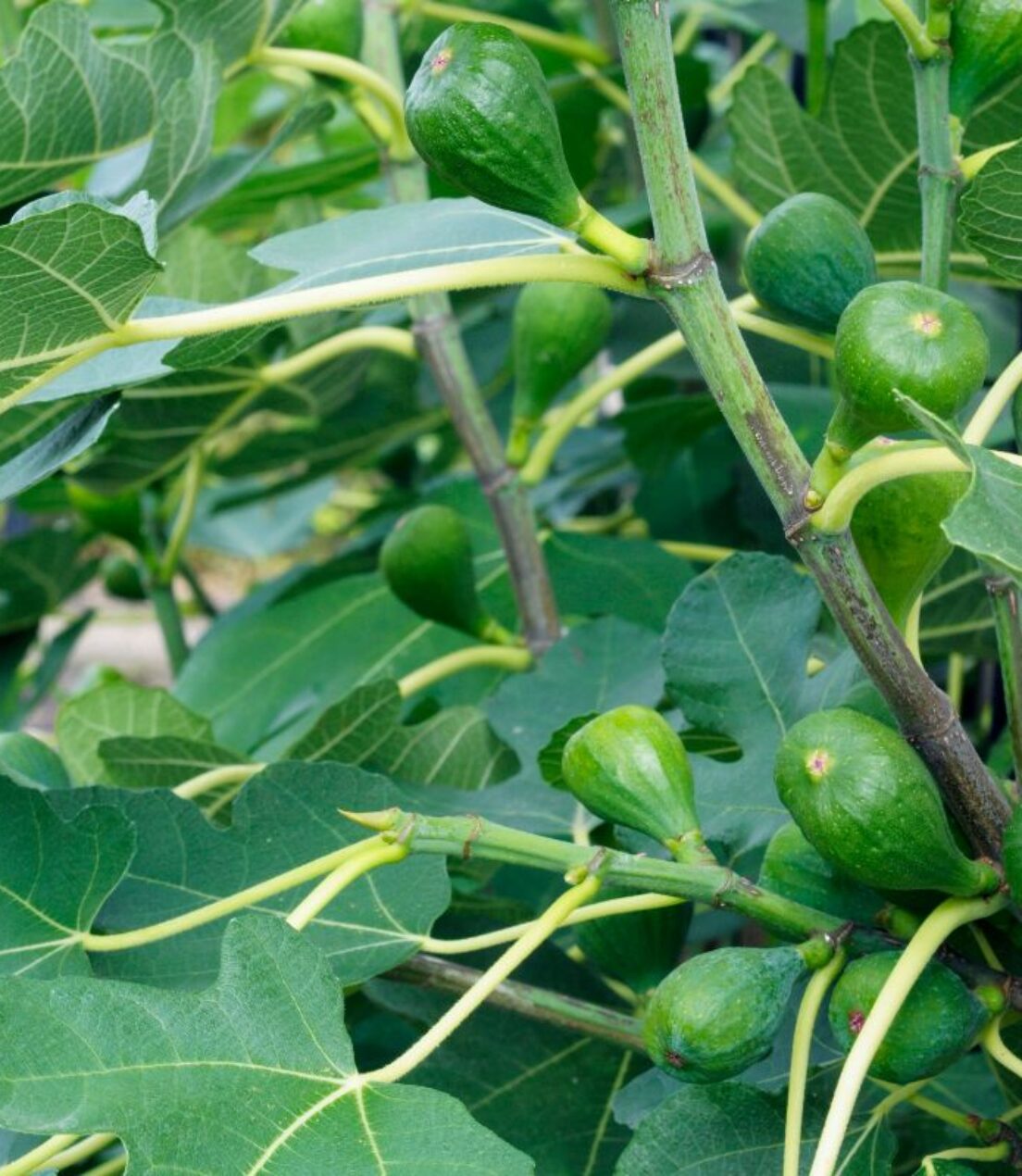Cast yourself away to a distant paradise with our guide to planting a Mediterranean scheme.
Mediterranean gardens conjure up memories of hot summer holidays with a mixture of bright colours, scented foliage and terracotta pots. Whether you cast your mind to the glazed tiled patios and gently rippling pools of Spain, crave the majestic fountains of Italy or perhaps the enclosed courtyards of Morocco, the end goal is the same: creating a slice of the Mediterranean that we all crave.

